In the vast, unforgiving deserts of the world, survival is a daily challenge that requires remarkable adaptations. From conserving water to regulating body temperature, desert-dwelling creatures have evolved in extraordinary ways to thrive in these harsh environments. These adaptations are not only fascinating but essential, allowing these animals to live where few others can. This article explores some of the most incredible adaptations that enable these resilient creatures to endure the extreme conditions of desert life.
Kangaroo Rat’s Water Efficiency
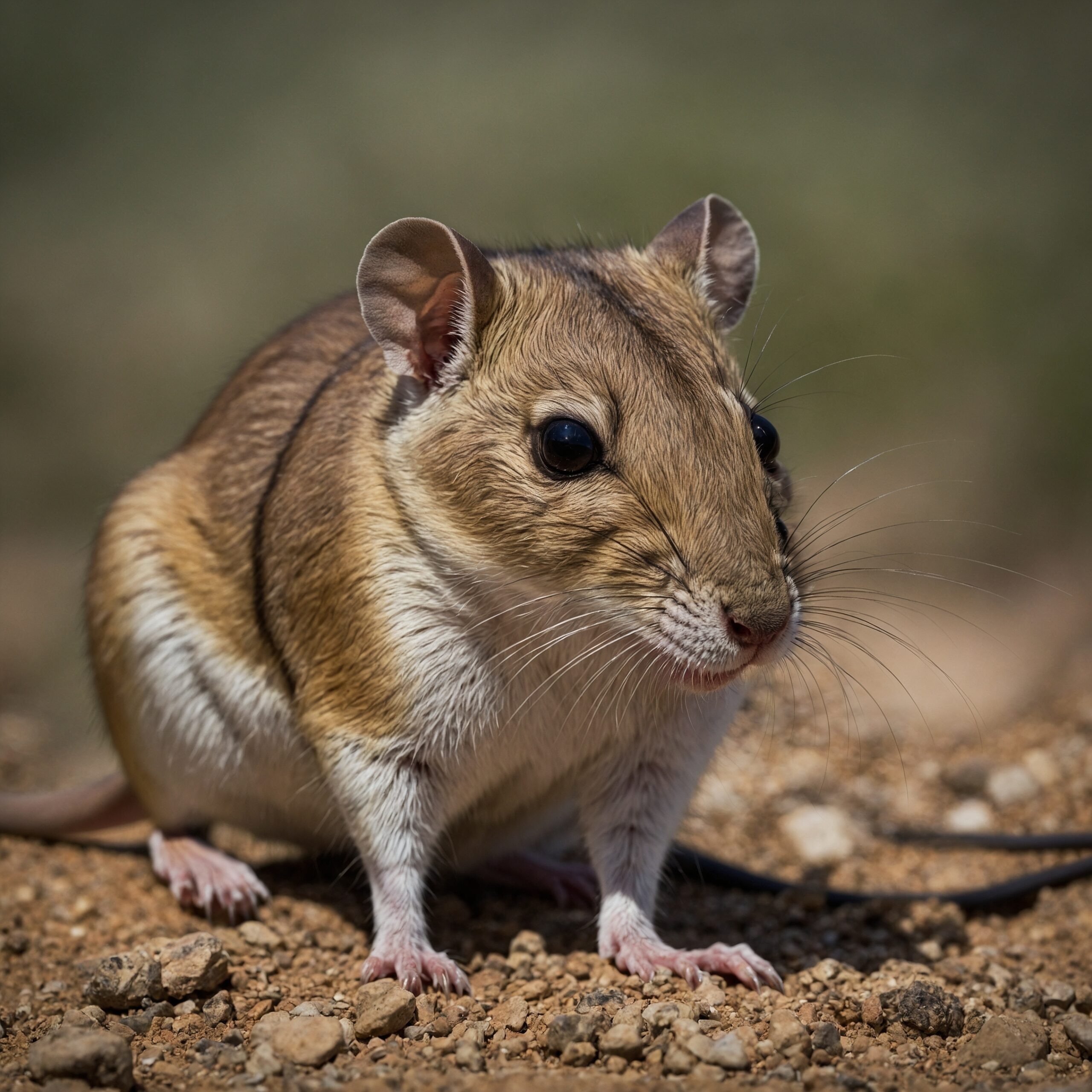
The kangaroo rat is a master of water conservation, thriving in arid environments without ever drinking water. This tiny rodent derives moisture entirely from the seeds it consumes. Its kidneys are highly efficient, producing concentrated urine to minimize water loss. By living in burrows during the day, it avoids the scorching desert sun. These adaptations make the kangaroo rat an expert at surviving in one of the driest places on Earth.
Fennec Fox’s Heat-Regulating Ears

Fennec foxes, with their enormous ears, have developed a unique way to stay cool in the desert heat. The blood vessels in their ears radiate excess heat, keeping their body temperature regulated. Not only do these large ears help with cooling, but they also enhance their hearing, allowing them to detect prey moving underground. Their light-colored fur further reflects sunlight, reducing heat absorption. This combination of features ensures the Fennec fox thrives in the extreme conditions of the Sahara.
Thorny Devil’s Moisture-Harvesting Skin
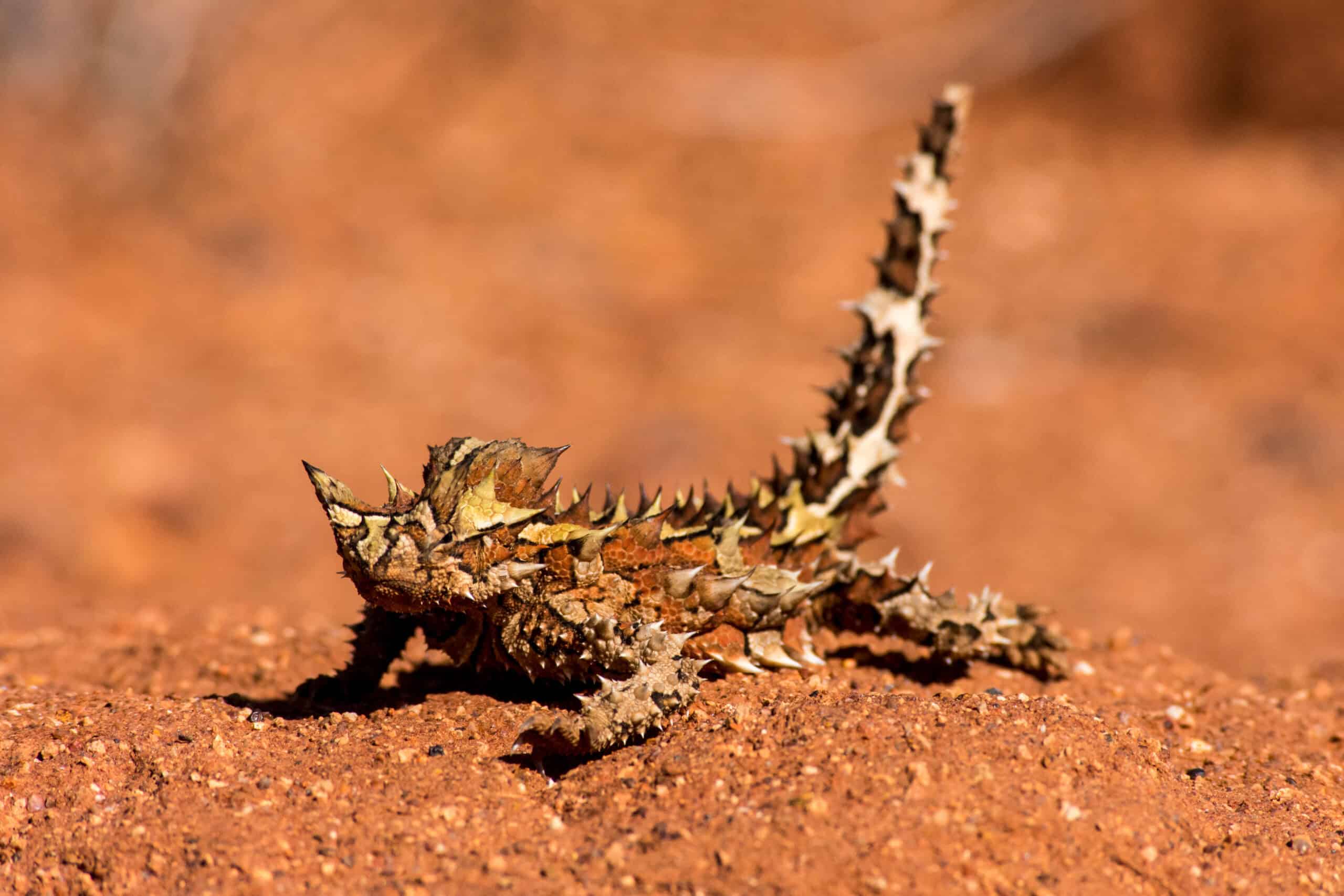
The thorny devil, a lizard native to Australia, has a fascinating adaptation for collecting water. Its skin is covered in tiny grooves that funnel moisture from dew or rain directly to its mouth. Even in dry conditions, it can absorb water through its skin by touching damp surfaces. The thorny devil’s spiky appearance not only deters predators but also aids in this water collection. This ability to gather water from the environment is vital for its survival in the arid Australian outback.
Dromedary Camel’s Fat-Storing Hump

The Dromedary camel is iconic for its hump, which stores fat that can be converted into energy and water. This adaptation allows the camel to survive for weeks without food or water. Additionally, camels have the ability to drink large amounts of water at once, rehydrating quickly after long periods of dehydration. Their thick fur insulates them from the desert heat during the day and cold at night. These features make the Dromedary camel perfectly suited to desert life.
Desert Tortoise’s Burrowing Behavior
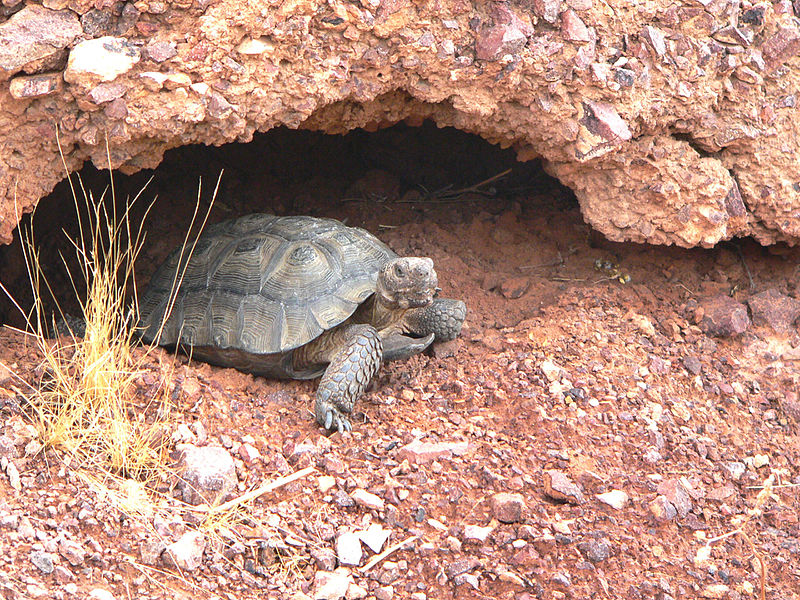
Desert tortoises have developed the ability to dig extensive burrows, where they spend up to 95% of their lives. These burrows provide protection from extreme temperatures and predators. During the brief rainy season, tortoises emerge to feed and store fat in their bodies for the drier months. Their bladder can store large amounts of water, which they reabsorb as needed. This combination of adaptations enables desert tortoises to thrive in their harsh environment.
Sidewinder Snake’s Unique Locomotion
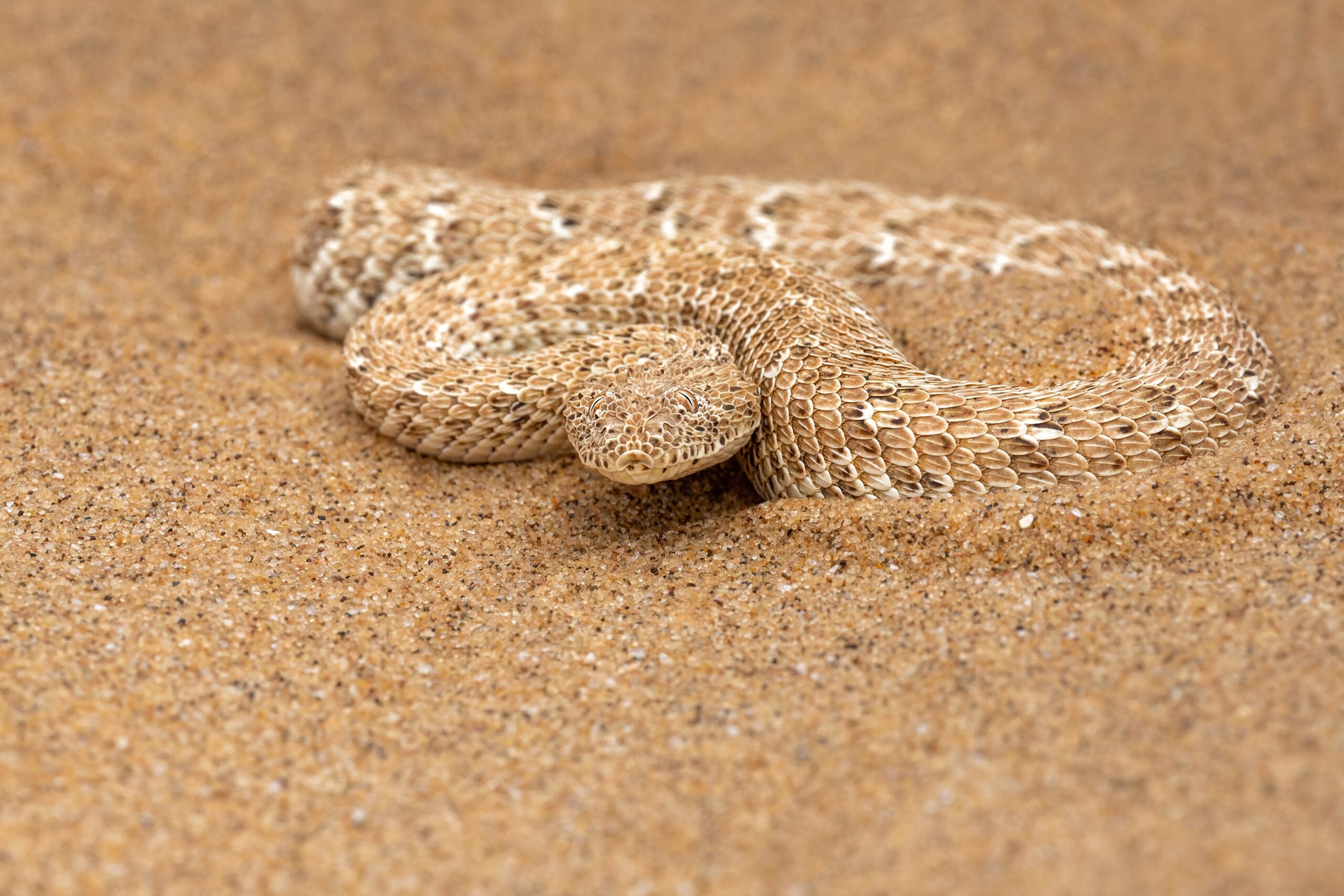
The sidewinder snake moves across the desert sand with a unique sideways motion that reduces contact with the hot surface. This form of locomotion also helps prevent the snake from sinking into the loose sand. Sidewinders are fast and efficient, able to navigate the challenging desert terrain with ease. Their light coloring provides camouflage, blending in with their sandy surroundings. These adaptations make the sidewinder one of the most efficient desert dwellers.
Sand Cat’s Stealthy Paws
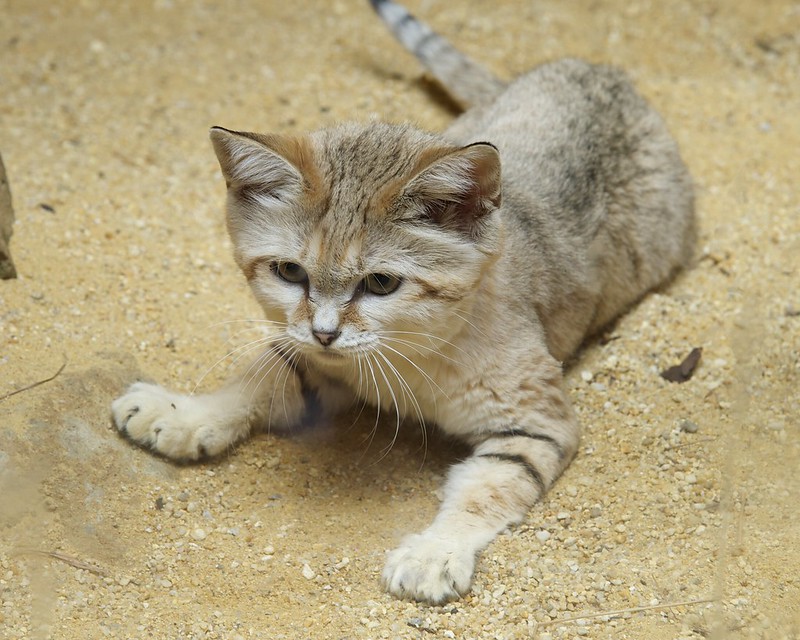
Sand cats, native to the deserts of Africa and Asia, have thick fur on their paws that protects them from the scorching sand and muffles their footsteps. This stealth allows them to hunt effectively in the sparse desert environment. Sand cats can survive on minimal water, getting most of their moisture from the prey they eat. Their low body profile and sandy-colored fur help them remain hidden from both predators and the sun. These traits make the sand cat a master of desert survival.
Jerboa’s Leaping Escape
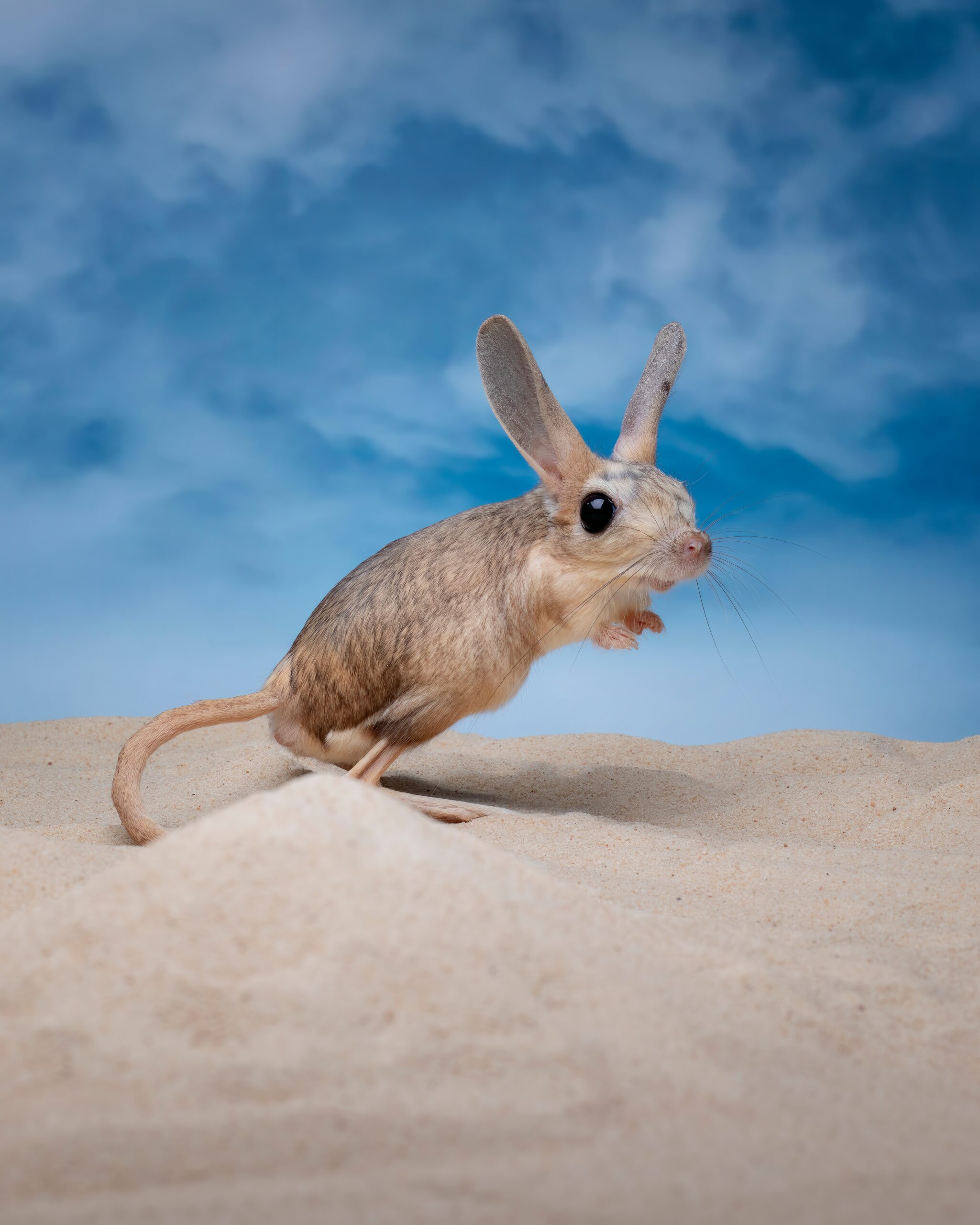
Jerboas are small rodents with long hind legs that allow them to leap great distances, a crucial adaptation for escaping predators in open desert landscapes. This leaping ability also conserves energy, which is vital in a habitat where food is scarce. Jerboas are nocturnal, avoiding the extreme daytime heat by being active at night. Their fur provides insulation against both the cold nights and hot days. These adaptations make the jerboa highly suited to life in the desert.
Namib Desert Beetle’s Fog Collection
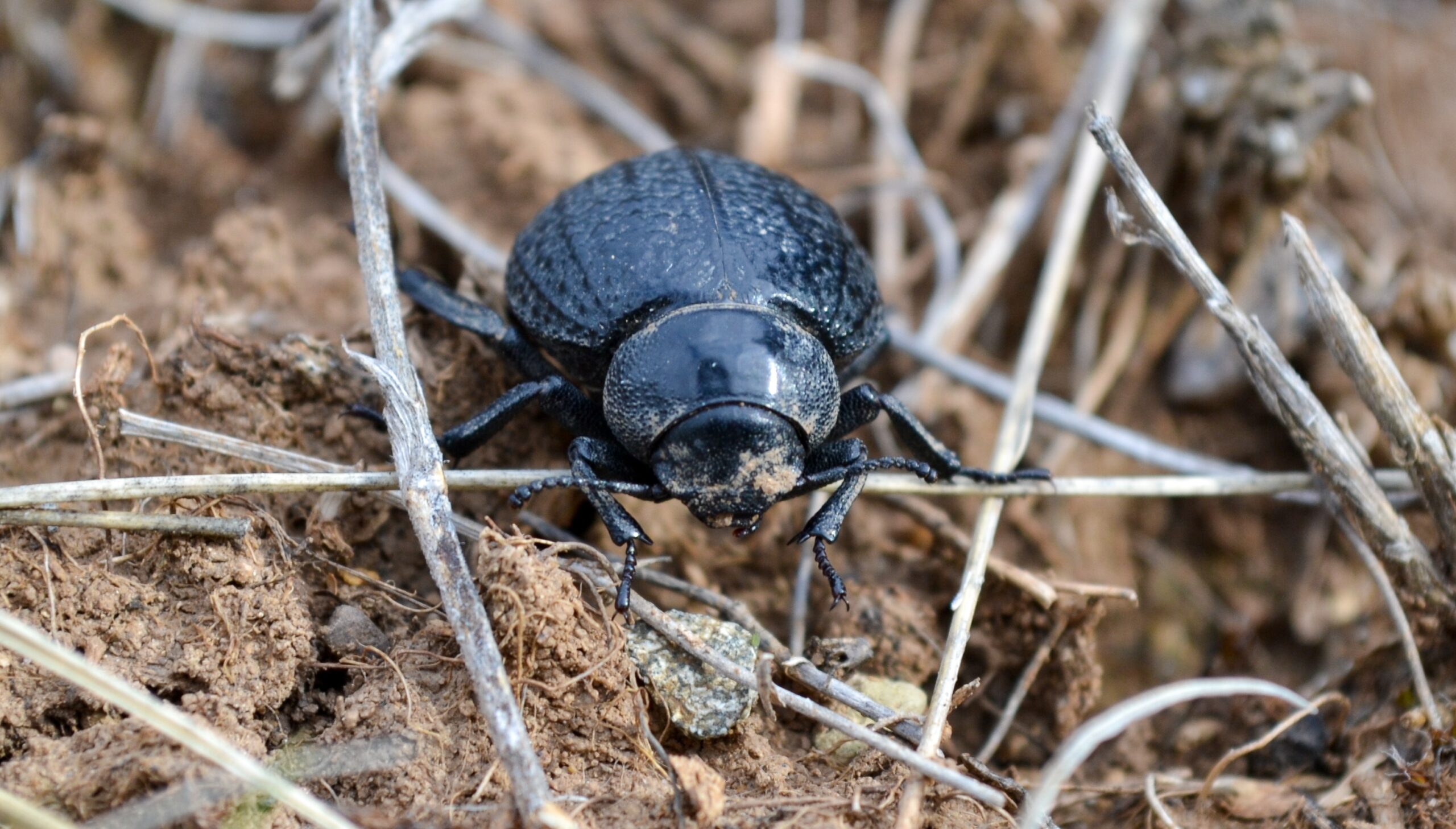
The Namib Desert beetle has a unique adaptation that allows it to collect water from fog in one of the driest places on Earth. Its bumpy exoskeleton captures moisture from the air, which then trickles down to its mouth. The beetle tilts its body to maximize water collection, a critical survival strategy in the desert. Its dark color helps absorb heat during cold desert mornings. These adaptations ensure the beetle’s survival in a harsh, arid environment.
Cactus Wren’s Nesting Strategy
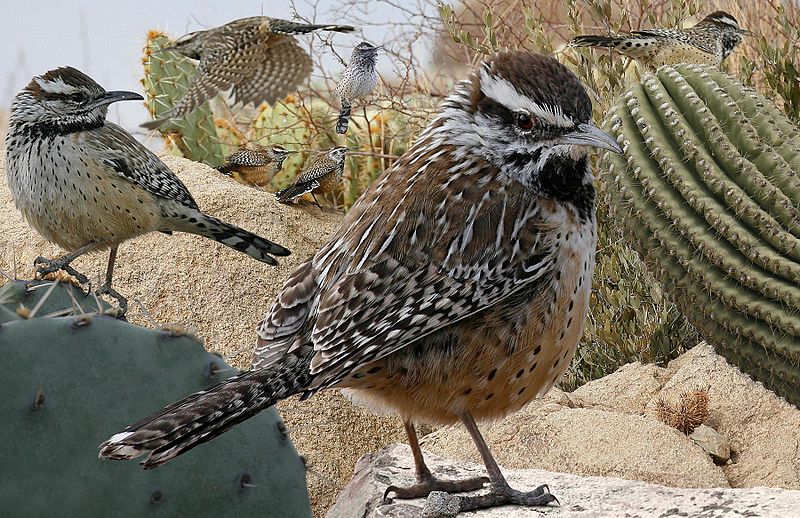
The cactus wren builds its nest within the protective arms of a cactus, using the plant’s natural defenses to shield its young from predators. The dense cactus structure also provides shade, keeping the nest cool in the intense desert heat. Cactus wrens are highly territorial, securing access to scarce food and water resources. Their diet is varied, including insects, fruits, and seeds, which helps them survive in an environment with limited resources. This strategic nesting and feeding behavior is key to the cactus wren’s success in the desert.
Deathstalker Scorpion’s Potent Venom
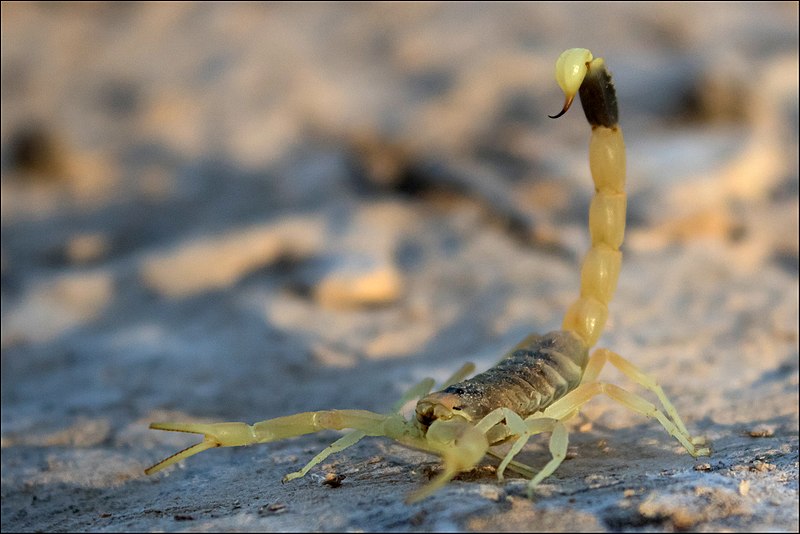
The deathstalker scorpion is equipped with highly toxic venom that allows it to quickly incapacitate prey in the desert. This venom is a complex mix of neurotoxins, making the scorpion one of the most dangerous in its family. The deathstalker is also highly resilient to extreme temperatures, surviving both the intense heat of the day and the cold of the night. Its nocturnal habits help conserve water and avoid predators. These adaptations make the deathstalker a formidable predator in its desert habitat.
Ostrich’s Heat Tolerance
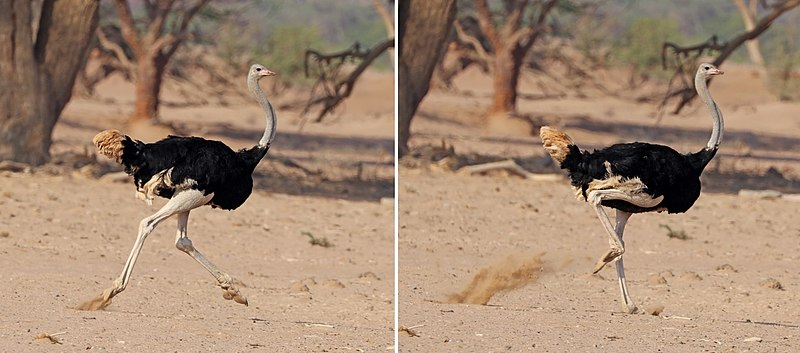
Ostriches, the largest birds in the world, are well adapted to desert life with their ability to tolerate high body temperatures. Their long legs allow them to run at high speeds, escaping predators across vast open spaces. Ostriches have specialized feathers that provide insulation against both the heat of the day and the cold of the night. They can also go without water for extended periods, getting moisture from the plants they eat. These traits make the ostrich a remarkable survivor in the desert.
Addax Antelope’s Pale Coat
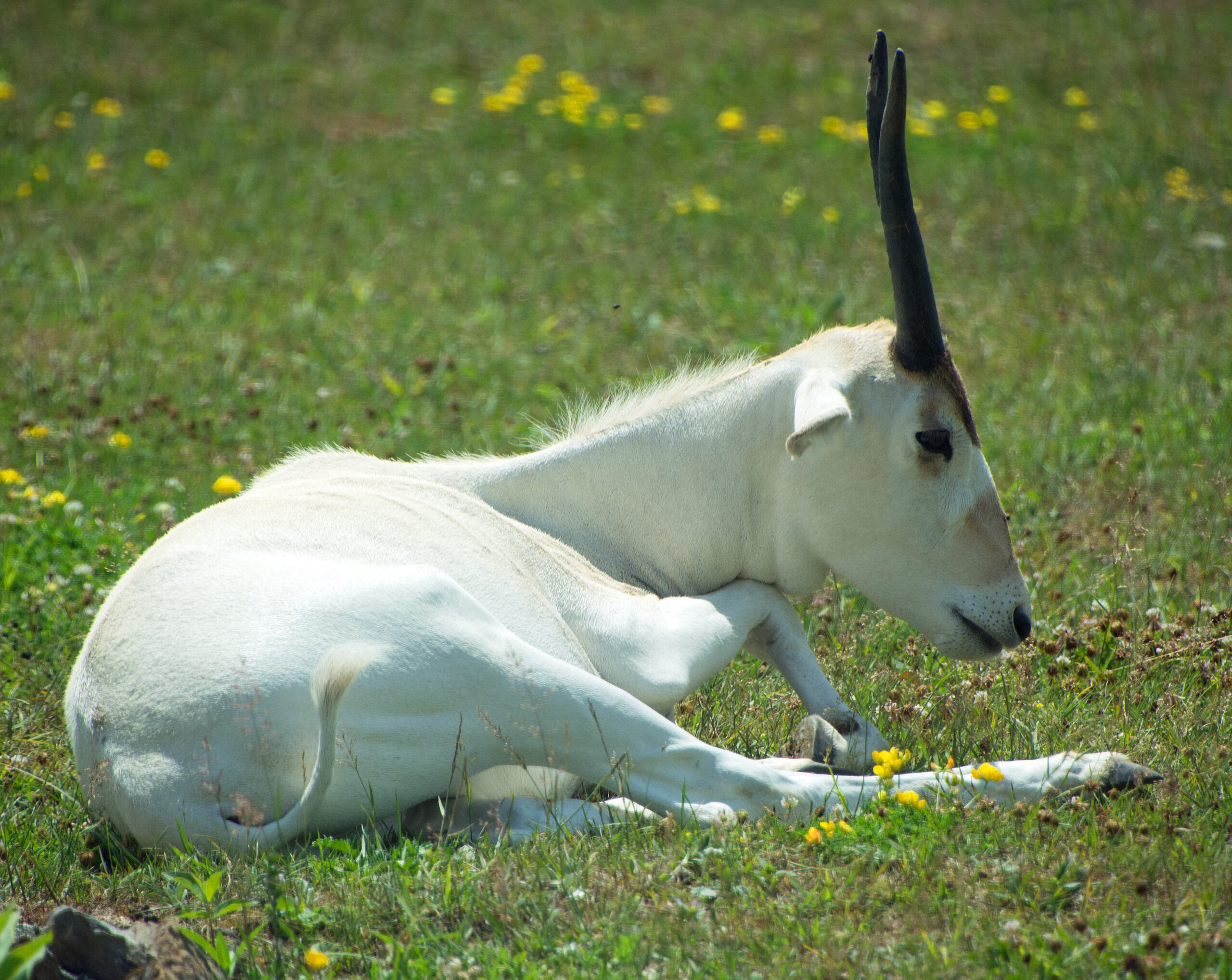
The addax antelope has a light-colored coat that reflects sunlight, helping to keep it cool in the desert. This pale coloring also provides camouflage against the sandy environment, making it harder for predators to spot. Addax can survive long periods without water, relying on moisture from the plants they consume. They are also able to withstand extreme temperatures, making them well-suited to desert life. These adaptations allow the addax to thrive in some of the world’s harshest conditions.
Arabian Oryx’s Efficient Water Use
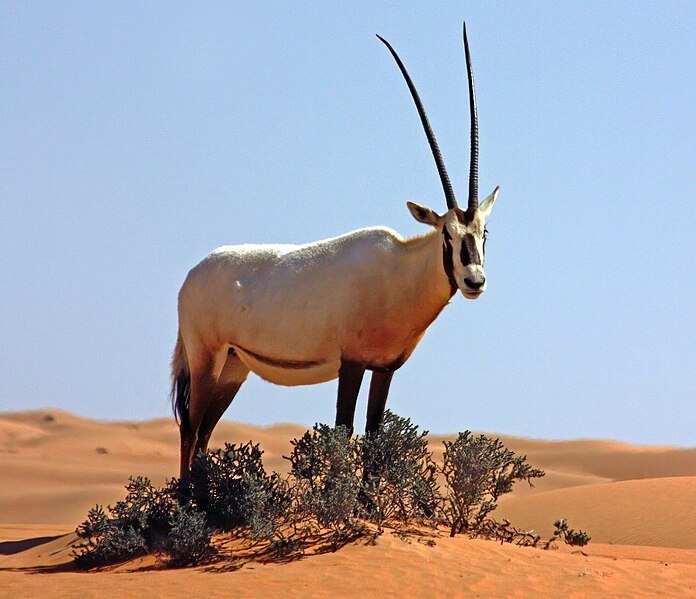
The Arabian oryx is highly adapted to desert conditions, capable of surviving without water for months at a time. It obtains most of its moisture from the plants it eats and conserves water by lowering its metabolic rate during the hottest parts of the day. The oryx can also raise its body temperature to reduce the need for sweating, thus conserving precious water. Its pale coat reflects sunlight, minimizing heat absorption. These adaptations make the Arabian oryx a true desert survivor.
Desert Horned Lizard’s Defense Mechanism

The desert horned lizard has developed a unique defense mechanism: it can squirt blood from its eyes to deter predators. This blood contains chemicals that taste foul to would-be attackers, giving the lizard a chance to escape. The lizard’s spiny body also provides camouflage among rocks and sand, making it difficult for predators to detect. Additionally, the horned lizard can remain motionless for long periods, further avoiding detection. These defense strategies make the desert horned lizard a formidable survivor in its harsh environment.
This article originally appeared on Rarest.org.
More From Rarest.Org
In the world of automotive excellence, some sports cars stand out not only for their speed but for the sheer power they deliver. These cars have pushed boundaries, set records, and captured the imagination of enthusiasts worldwide. Read more.
The entertainment industry is fueled by the talent agencies that shape the careers of top artists. These agencies are known for their powerful connections and lucrative deals. Their influence extends across film, television, music, and more. Read more.



